The artistry of Yixing Clay Teapots: types of clay, manufacturing process and history
Why are Yixing Clay teapots so special?
Few other vessels in the world are as lauded as the Yixing teapot when it comes to making tea. These clay teapots from Yixing, a city in China’s Jiangsu province, have fascinated tea experts around the world for centuries—not only are these teapots celebrated for their beauty, but their seemingly mysterious properties actually enhance the flavors and scents of the teas brewed in them. The story of Yixing teapots begins in the Ming dynasty in the 15th century, when potters first discovered the special Zisha clay native only to the region. Since their inception, they’ve been associated with the so-called high art of drinking tea, championed as the ultimate vessels by emperors, scholars, and collectors. What makes Yixing teapots special? There’s a fine blend of nature and art working in tandem. Yixing clay is porous, allowing the teapots to absorb the essence of the teas brewed in it. Over the course of time, a teapot will absorb enough oils from the leaves that it will even retain the flavor and aroma of the favored teas drunk from it. In a sense, your preferences will inscribe itself into your pot of choice. With use, layer after layer, the teapot darkens in patina and enriches in flavor. As opposed to glass or porcelain, the clay of Yixing teapots works with the heated water and leaves to accentuate the intricate notes in the drink.
In addition to the composition of the clay, the technique it takes to craft each individual pot makes Yixing teapots a cultural feat. Each pot is hand moulded and decorated by veteran artisans. Many inscribe their forename contributions into the clay as a point of personal pride. Scrolling through the catalogue of available designs, it’s safe to say that each teapot speaks for itself—speaks about the potter, about the clay and about the time-honoured traditions it contains. In a nutshell, Yixing teapots are not just utilitarian objects—they are works of art shaped by time, the earth, and hands. These unique traits make them a desirable object for tea masters and cultural enthusiasts alike. Next, let’s explore the clay at the center of this tradition.
The Clay: Heart of Yixing Craft
Zisha clay If you want to understand the magic behind Yixing teapots, you have to start with the clay. The region around Yixing is rich with Zisha—often called “purple sand”—a rare and mineral-rich clay that’s the secret ingredient in these coveted teapots. Zisha clay is not only unique in color but also in its physical properties. It’s porous, which allows the teapot to breathe, and it contains a cocktail of minerals like iron, kaolin, and quartz. This mix gives the pot its signature ability to absorb tea oils and flavors, seasoning the pot with every brew. Zisha (Purple) Dark purple High iron Rich, earthy, bold. The clay used for genuine Yixing teapots is mined from the sedimentary rocks of the ore beds in Dingshan buttes, then placed in their raw form in an aging room for a number of years before being processed and formed (vitrified) into teapots. The clay is allowed to season in order to achieve the desired teapot quality. Ready seasoning also makes formerly hard clay more plastic, which allows for more varied and intricate designs in shaping the teapots. Real World Example Many collectors prize teapots made from pure Zisha (for brewing oolong or pu-erh tea) or pure Hongni (for brewing green teas), convinced they enhance the taste, aroma and mouthfeel of the teas. Hongni is said to bring out the “yin” of a green tea and induces a lighter, more floral, or sweeter aroma and taste, whereas Zini is said to accentuate the “yang” of a darker oolong or pu-erh, inducing a richer, heavier, or darker aroma and taste. Science Behind the Clay With its semipermeable microstructure, Yixing Zisha allows the teapot to retain heat while being highly absorbent to the aroma of tea. Not only does Zisha’s exceptional heat retaining properties allow the flavours to continuously build with every steep, but as the clay itself starts to soak in the oil from the tea after prolonged use, it begins to produce a thin coat of plaque that is highly desired from tea connoisseurs. This plaque turns into a patina that can impart more flavour into every subsequent brew after prolonged use, resulting in an ever changing teapot. “The true beauty of Yixing clay lies not just in its color, but in its ability to transform tea into an experience.” The “breathing” qualities of Yixing teapots and the ability to absorb the aroma and flavors in the tea liquor with continued use allow Yixing teawares to build up a unique sheen, texture, and patina that are greatly appreciated by tea connoisseurs. Appreciating the clay is the key to understanding why Yixing teapots are so revered. The clay is more than just a material; its a living part of tradition, changing with every teapot used and every tea brewed. Now, let’s look at how skilled artisans turn this humble clay into works of art.
Craftsmanship and Tradition

The art of Yixing teapots has a long and storied history, combining ancient craft techniques with artistic expression. Each Yixing teapot begins life as a lump of clay, sculpted through a delicate interplay of touch and feedback. Traditionally, Yixing teaware artisans specialize in hand-building techniques (such as pinching, coiling, or slab work) “rather than thrown on a wheel”. Thus, genuine Yixing teapots “are actually made entirely by hand without the use of a potter’s wheel.” Meaning that each teapot is unique. Signature shapes like Xi Shi, Dragon Egg, Shui Ping do not only gain attention by their decorative form. Different form have different merits in the tea infusion result. Since the thermal conduction of the Yixing teapot is quite good, the higher and thinner shape help lower thermal loss and thus increase the soaking speed, while broader-based pot can settle leaves firmly, assuring better saturation of tea leaves in lower infusion speed. Different signature shapes appeared over time, while some have dated back to hundreds of years ago.
Artisans commonly embellish their pots with calligraphy, carvings, and stamps. These marks do more than decorate a teapot’s exterior; they tell stories, share blessings, and sometimes even indicate an artist’s lineage. Some of the most coveted teapots are from master potters whose names carry weight and prestige as trademarks of authenticity. Cultural Significance Yixing teapots are not merely brewing tools; they’re intertwined within the fabric of Chinese tea ceremonies. For example, a teapot is the central conduit of respect and hospitality in traditional gatherings. Hot tea is poured slowly into cups by the host, whose gentle movements represent harmonious balance between nature and people. In this way, owning a Yixing teapot is an entryway to experiencing centuries of tradition. “A Yixing teapot is not merely a container; it is the soul of the tea table, the silent storyteller of culture and craft.” Case Study: In 2016, an original Yixing teapot by master Gu Jingzhou auctioned for over $1 million. Its worth wasn’t derived from just clay or craft, but the legacy and tradition eclipsing the teapot itself. Making a Yixing teapot takes time, skill, and appreciation for the materials, and it’s a skill that has been honed painstakingly over centuries. That tradition is alive and well today, with master potters and young artists alike responding to and reviving the history of Yixing teapots through their work. Up next, let’s see how you can brew tea with Yixing teapots to draw out all the flavor locked inside.

Brewing tea in a Yixing teapot is an art designed to bring out the best in both clay and leaves, and the opportunity to unlock flavor. Part of the ritual of brewing in one of these traditional clay teapots, rather than something more modern like a glass pot, is the superior sipping experience they bring to tea. Tea experts will typically dedicate their Yixing teapot to a single type of tea, usually an oolong tea, pu-erh tea, or black tea. That’s because teapots made from Yixing clay absorb and amplify the particular oils and fragrances of these teas. Using one Yixing pot for several different teas will muddy their flavors, so many tea collectors have several Yixing teapots on hand–often, one for each variety.
Teas commonly brewed in Yixing teapots: • Oolong (especially Tieguanyin) • Pu-erh (especially aged varieties) • Black tea (especially Dianhong or Keemun) • Some green teas (especially with Hongni clay) Tips for obtaining best flavour: • Always preheat your teapot with hot water before adding your loose leaves • Use the best quality loose leaf tea you have for maximum aroma • Pour the water in a circular fashion such that all the leaves can be saturated evenly in the teapot • Use a rinse (1st infusion) to further season your pot by discarding it again.
Common Mistakes to Avoid
"Each cup brewed in a Yixing teapot is a journey—one that grows richer with every pour and every story shared." Brewing tea with a Yixing teapot is a slow, meditative ritual. The clay rewards your care and attention, transforming even plain leaves into an experience worth remembering. And with that, let's get into how you can care for and collect these timeless objects.
Caring for and Collecting Yixing Teapots

Once in your possession, you'll need to care for your Yixing teapot to preserve both its beauty and function. The porous Zisha clay will slowly absorb the oils, aromas, and flavors of the tea you brew, developing into a distinct patina. Many tea lovers revel in this seasoning as a badge of honor for a well-loved pot. But it's for this very reason that you should never clean your Yixing teapot with soap or harsh chemicals—these will clog up the pores and ruin the flavor-building potential.
How to Identify Authentic Yixing Teapots
Cleaning and Maintaining Your Yixing Teapot
Case Study: Many collectors will pay a premium for antique Yixing teapots, particularly those crafted by famous artisans such as Shi Dabin or Chen Mansheng. Teapots from the Qing dynasty, for example, can fetch tens of thousands of dollars at auction. These pots are not only valuable due to their age but because of the quality of their clay, the level of craftsmanship, their provenance, and the depth of their seasoned patina. Why Collectors Prize Yixing Teapots: • Clay Quality: Rare Zisha, Hongni, and Duanni clays improve over time • Craftsmanship: Every pot is handmade, many by famous artisans • Patina: Unique to each teapot, reflects years of tea brewing • Historical Value: Older pots have stories, prestige, and cultural worth "A Yixing teapot is not just a vessel; it is a silent witness to countless cups shared and friendships forged." By caring for your Yixing teapot, you're participating in a living tradition—one that honors the past while enriching every cup you brew. And now, let's tackle some of the most common questions about Yixing teapots, so you can make the most out of this art form.
Frequently Asked Questions About The Art of Yixing Teapots: Clay, Craft, and Tradition
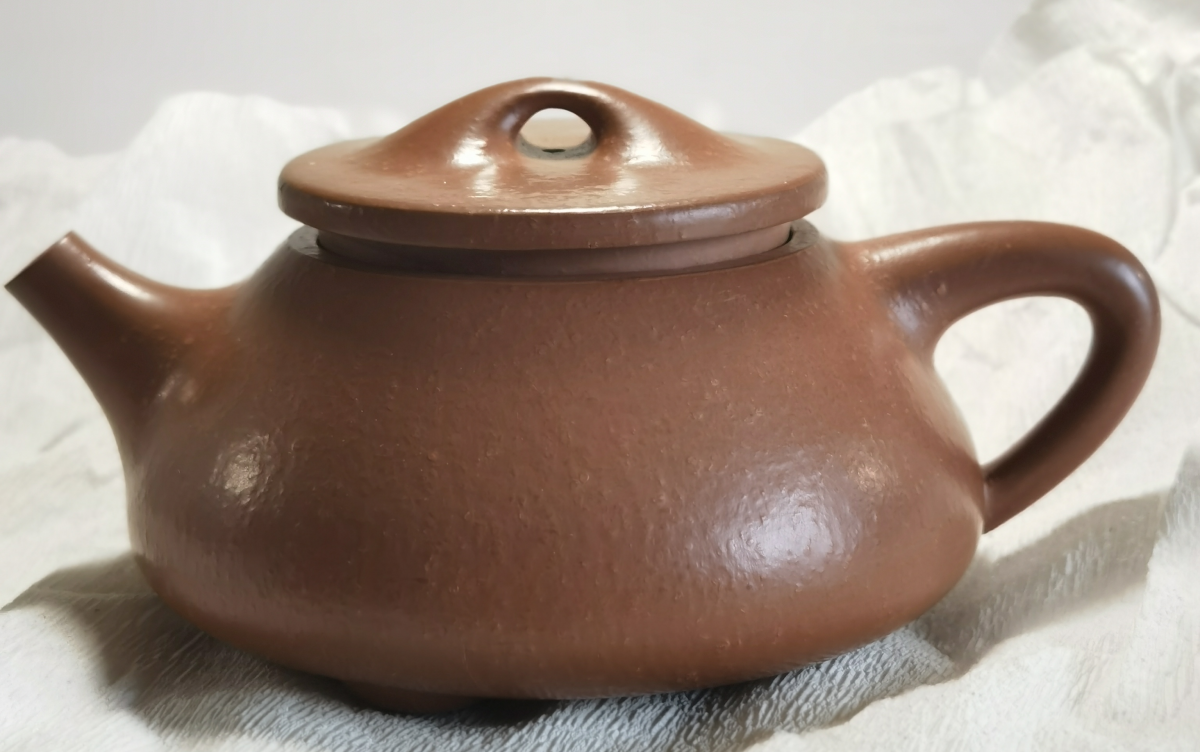
Curiosity is the heart of tradition, and Yixing teapots inspire plenty of questions among tea lovers and newcomers alike. Here are answers to some of the most common queries about the art, clay, and craft of Yixing teapots.
"Every Yixing teapot is a vessel of stories—each brew leaves a trace, and every question opens the door to deeper understanding." These answers help demystify the art and tradition behind Yixing teapots, allowing you to appreciate not just the function but the living legacy of each pot. Next, let's wrap up with what makes Yixing teapots such a lasting treasure in the world of tea.
Conclusion: The Art Endures
The enduring allure of Yixing teapots isn't just about brewing a perfect cup—it's about holding a piece of history, culture, and artistry in your hands. These teapots bridge the gap between nature and human creativity, transforming simple clay into vessels that tell stories, honor tradition, and deepen the tea experience with every use.

Why Yixing Teapots Remain Timeless:
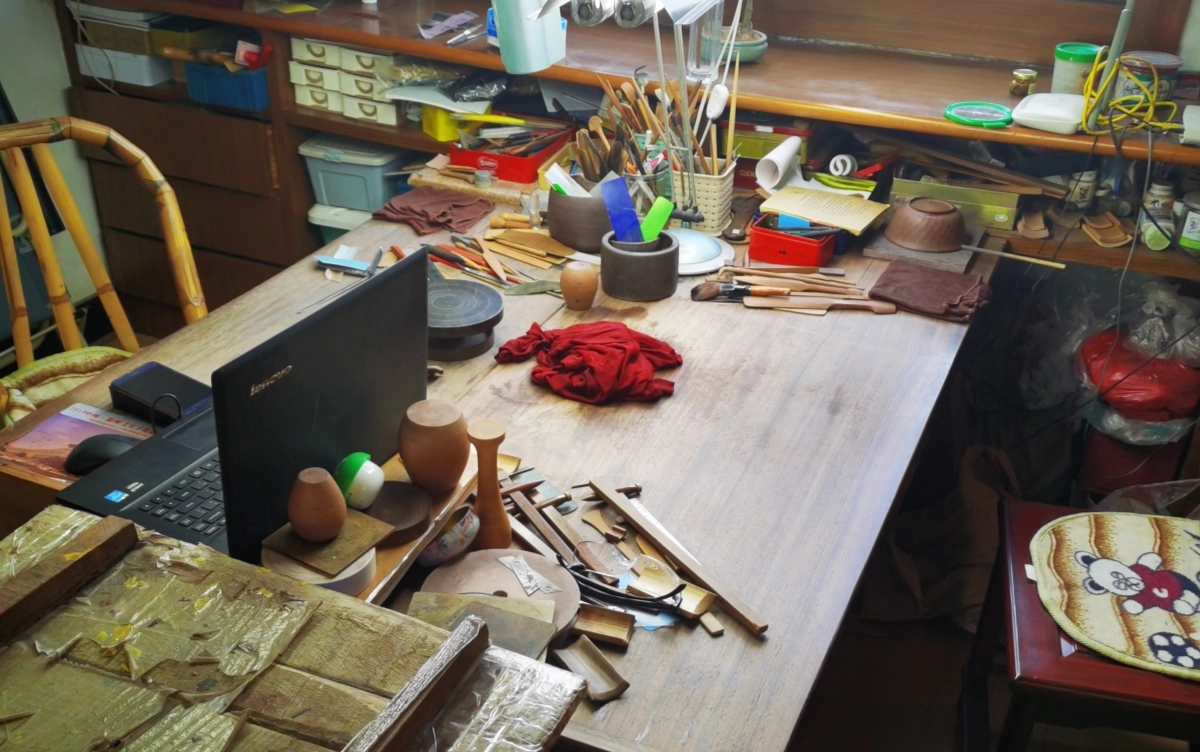
"To own a Yixing teapot is to carry a piece of living history – to brew not just tea, but memory and meaning." Whether you're a lifelong lover of tea or a curious beginner, the act of leaning into the art of Yixing teapots is an exercise in connection. As tangible pieces of history, these clay conjurers can become fast companions on your tea journey – ready to bless every cup with their quiet wisdom and ageless charm.




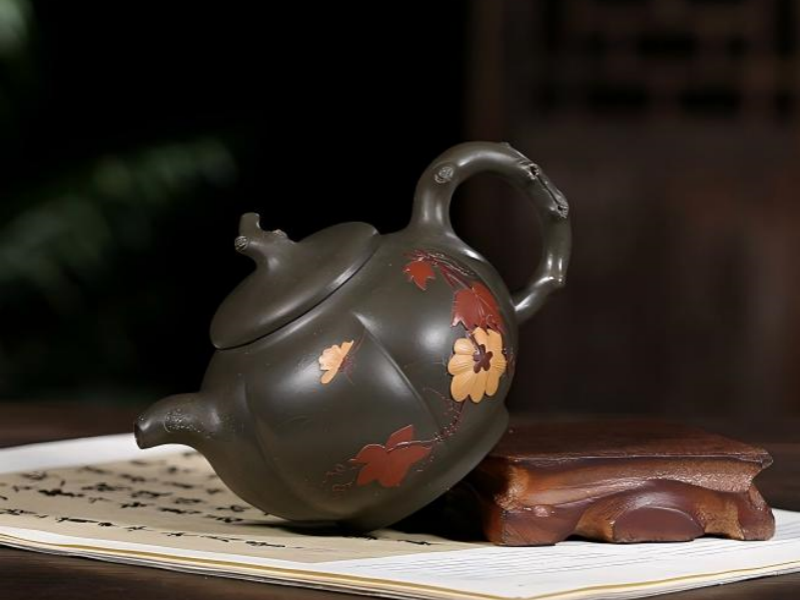



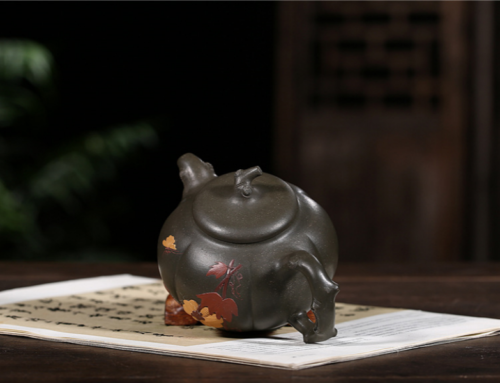
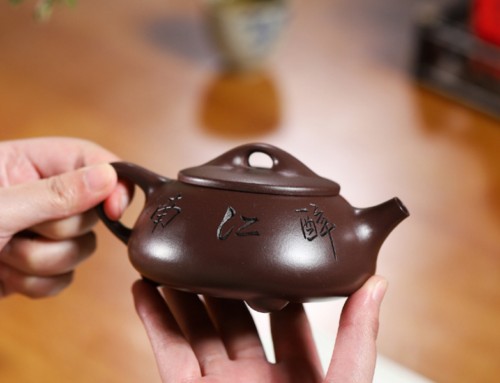



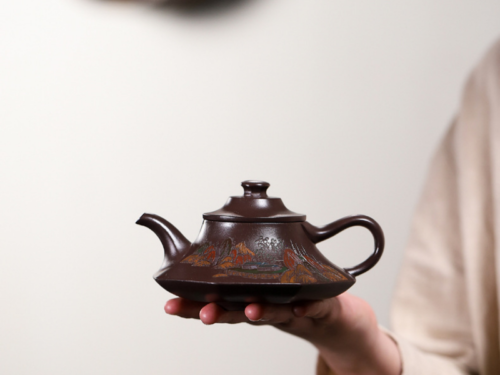 yixing purple clay teapot Imperial Phoenix Tail
yixing purple clay teapot Imperial Phoenix Tail